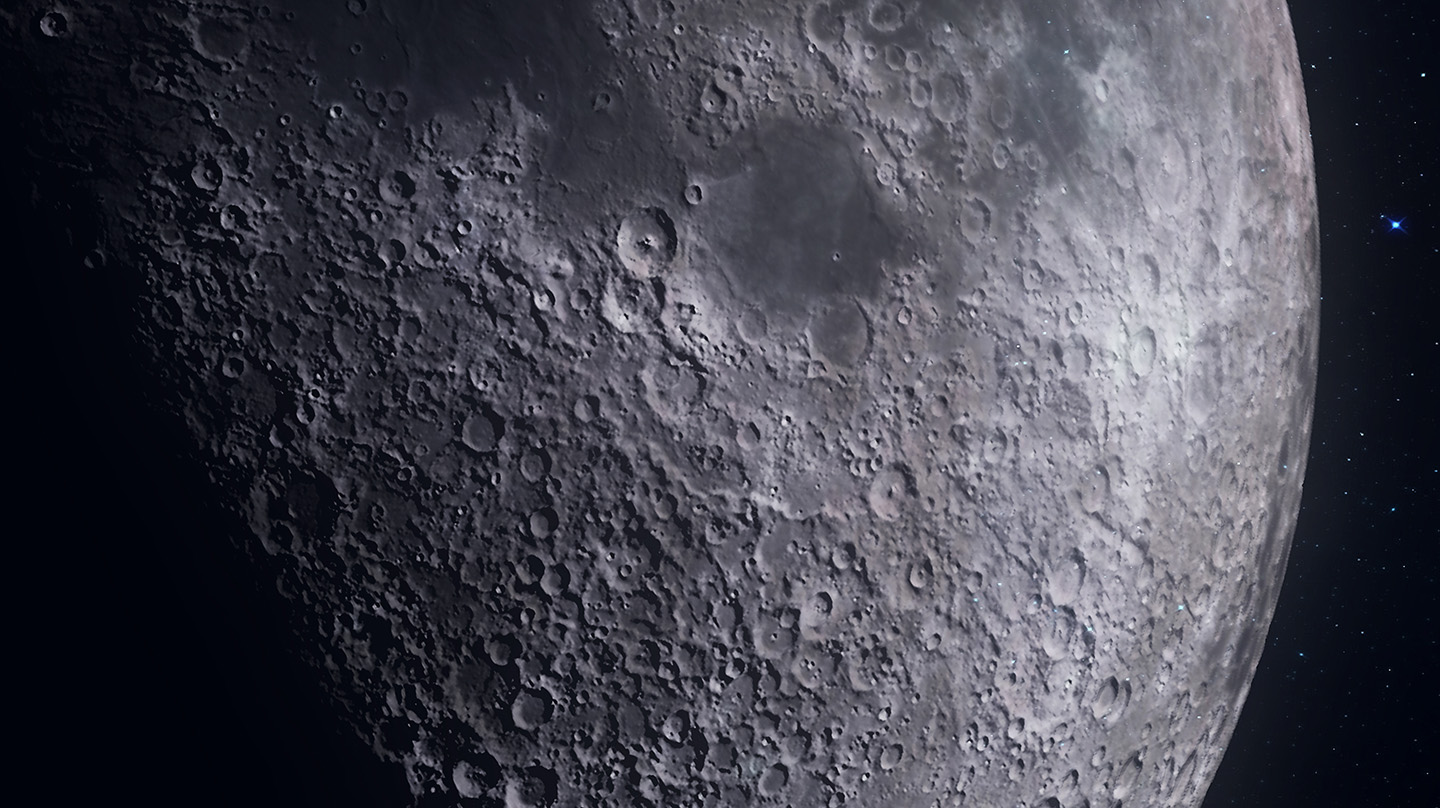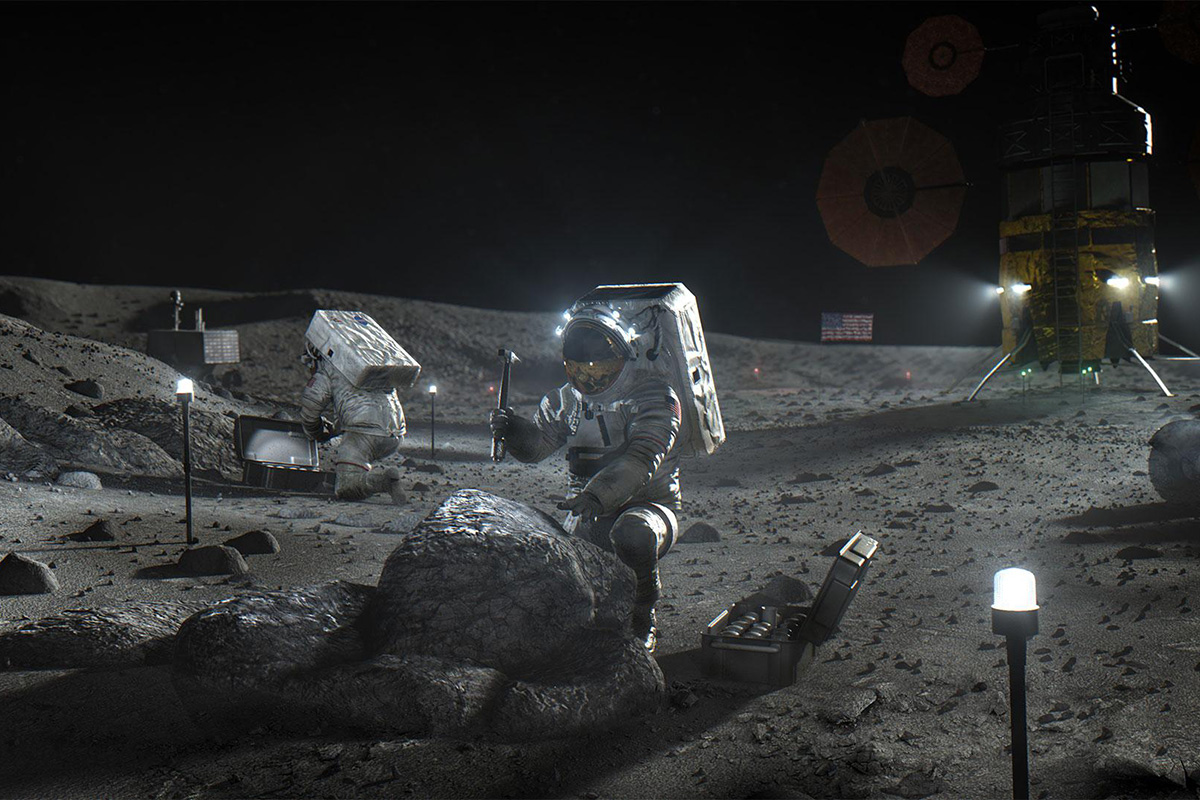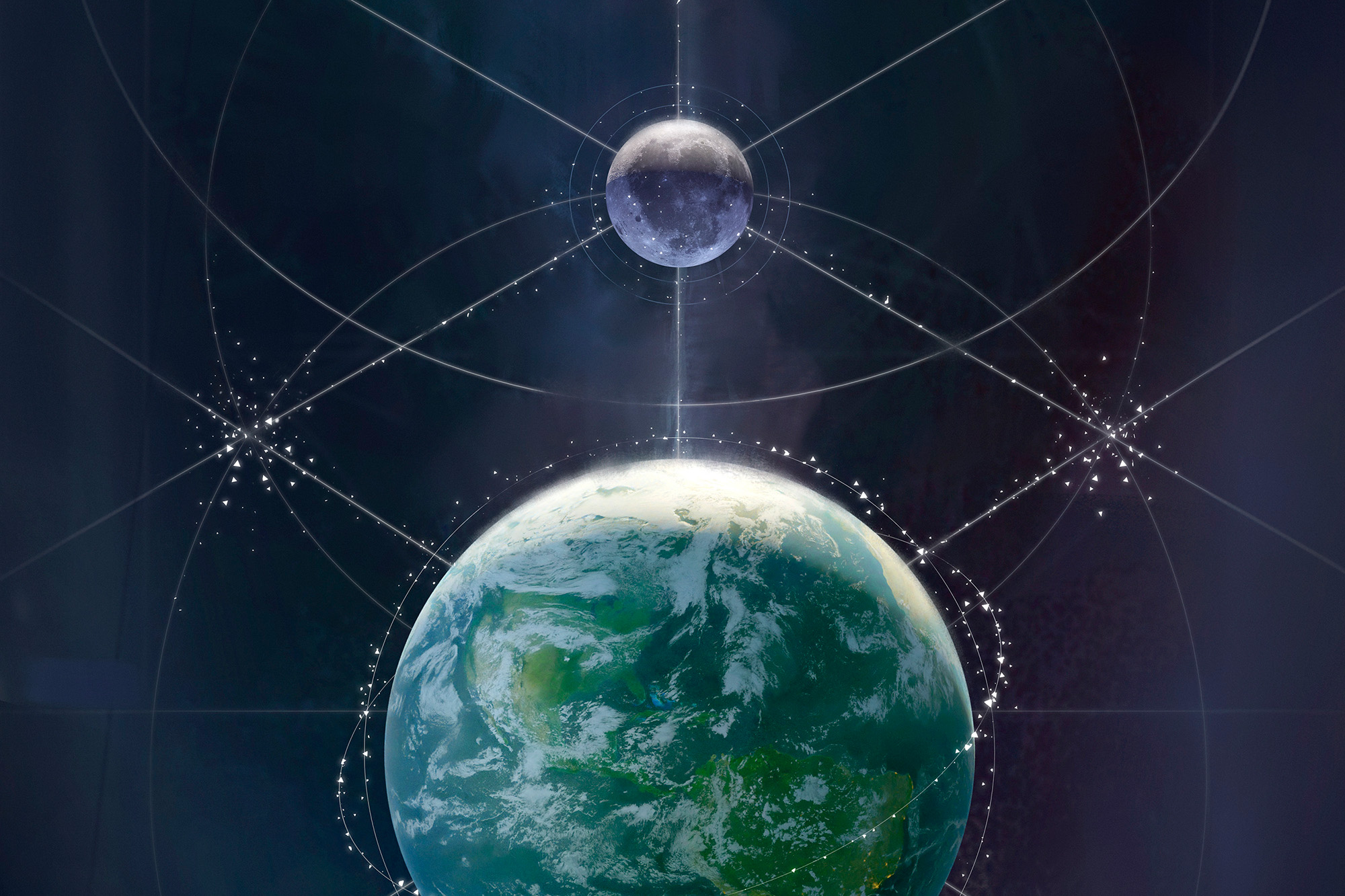Press Release
Johns Hopkins APL Develops Engineering Guide for Lunar Explorers
Lunar experts at the Johns Hopkins Applied Physics Laboratory (APL) in Laurel, Maryland, have created a new technical resource to guide technology developers who are designing systems to withstand the rigors of the Moon’s surface.
A suite of videos, titled Lunar Engineering 101, highlights the main characteristics of lunar surface environments and outlines hardware design challenges and considerations to ensure technologies created for the Moon will function reliably.
The videos were produced by the Lunar Surface Innovation Consortium (LSIC), funded by NASA Space Technology Mission Directorate’s Lunar Surface Innovation Initiative (LSII) to facilitate the development of technology for lunar exploration and beyond.
“It has been an incredible experience to interact with so many different subject-matter experts to develop a useful resource for anyone interested in learning about the Moon and its environment,” said Milena Graziano, a senior materials scientist at APL who leads the project. “That collective expertise is reflected in the final product.”
Lunar Lessons
The series includes 11 modules covering multiple environmental factors engineers should consider when developing technology for lunar exploration. Each module features experts from APL who highlight key characteristics of the lunar environment, potential challenges each one presents, and design considerations for engineers who are developing technology to explore the Moon’s surface.
For example, the radiation chapter introduces sources of ionizing radiation on the Moon, describes how they can degrade hardware and threaten astronaut health, and provides guidance on potential tools and resources for mitigating these risks.
Other chapters cover topics such as the lunar surface’s reduced gravity compared with Earth and the impacts both dust and unconsolidated material found on the surface — called regolith — present to humans and technology operating on the Moon.
“We are hopeful the series will provide a comprehensive environmental background to engineers working to develop new and critical technologies for the lunar surface,” said Graziano.
Deep Expertise
With a large group of lunar scientists, APL is uniquely positioned to provide the subject-matter expertise for Lunar Engineering 101 with an added benefit of the LSIC relationship with NASA, enabling review with NASA lunar engineers.
APL leads LSIC on behalf of NASA. Separately, on behalf of the Defense Advanced Research Projects Agency (DARPA), APL leads the Lunar Operating Guidelines for Infrastructure Consortium (LOGIC) to bring together broad coalitions of partners with expertise in lunar surface technology and infrastructure.
A Growing Consortium
LSIC members represent nearly 1,200 organizations from government, industry, academia and nonprofits across the United States and the globe.
The consortium engages its community through both the spring and fall meetings, as well as through focus groups and technical workshops, providing multiple opportunities for members to engage and gather information about the latest lunar surface technology.
To learn more about LSIC, sign up to participate or view videos from the Lunar Engineering 101 series, visit the LSIC website.


